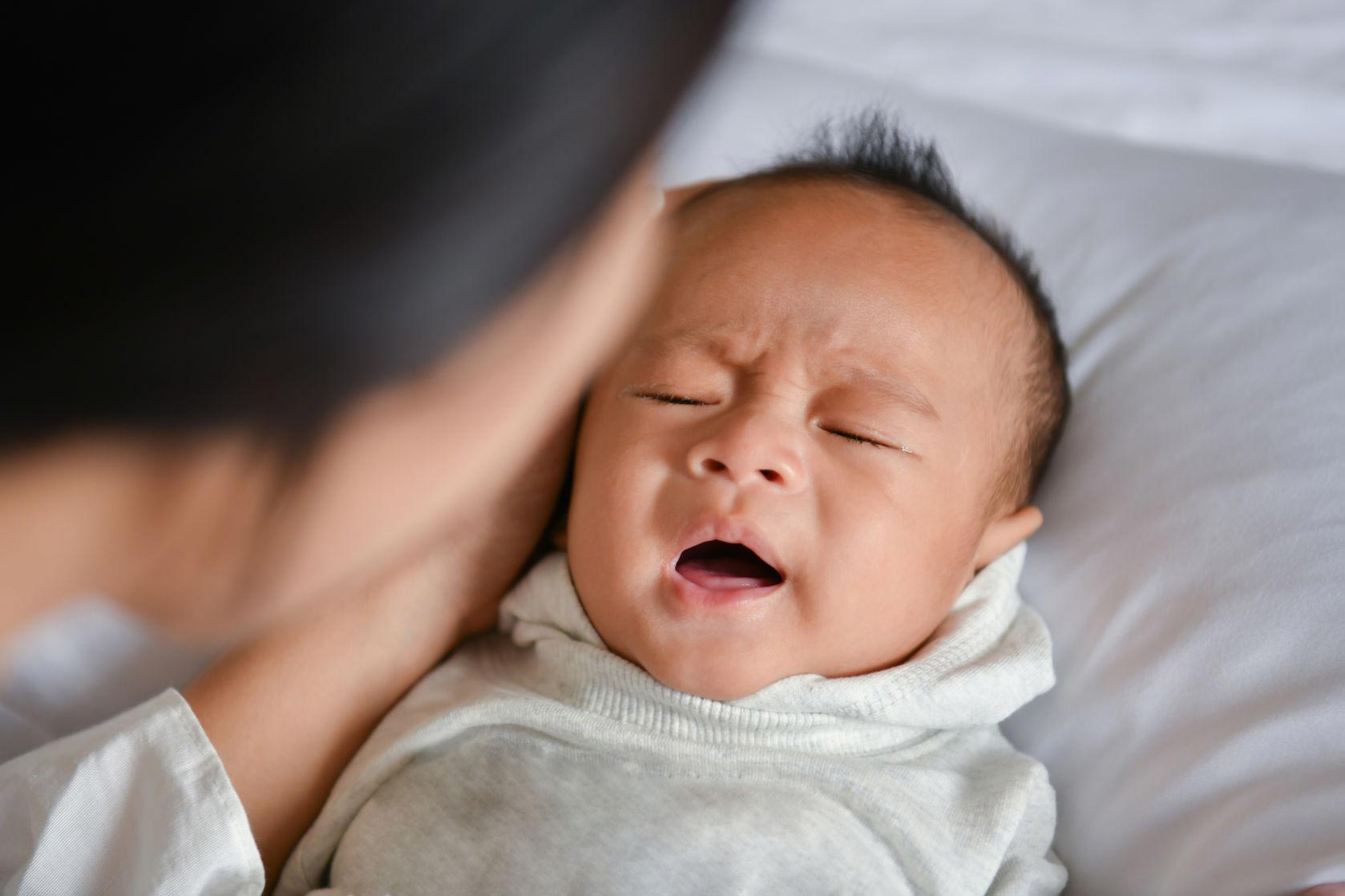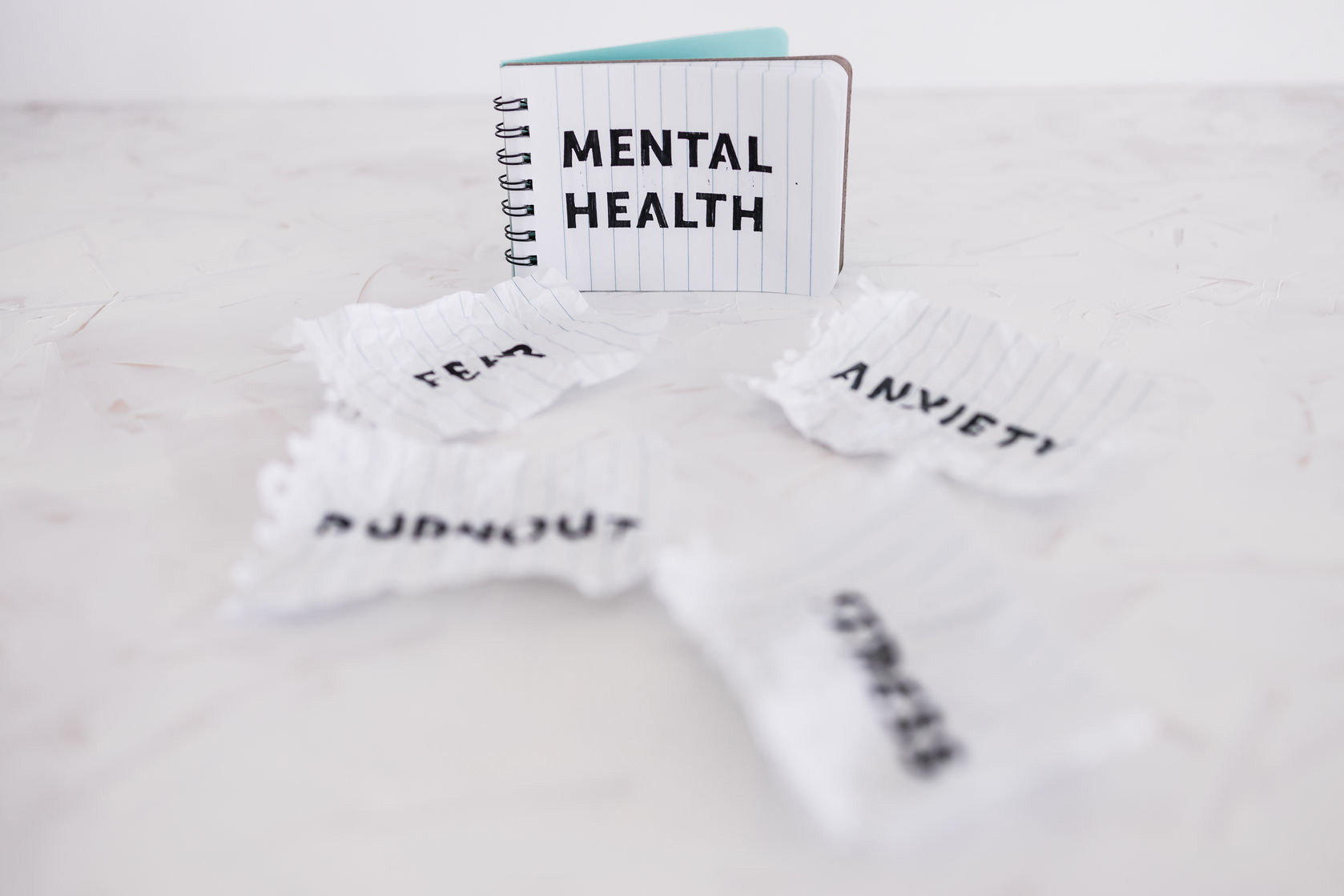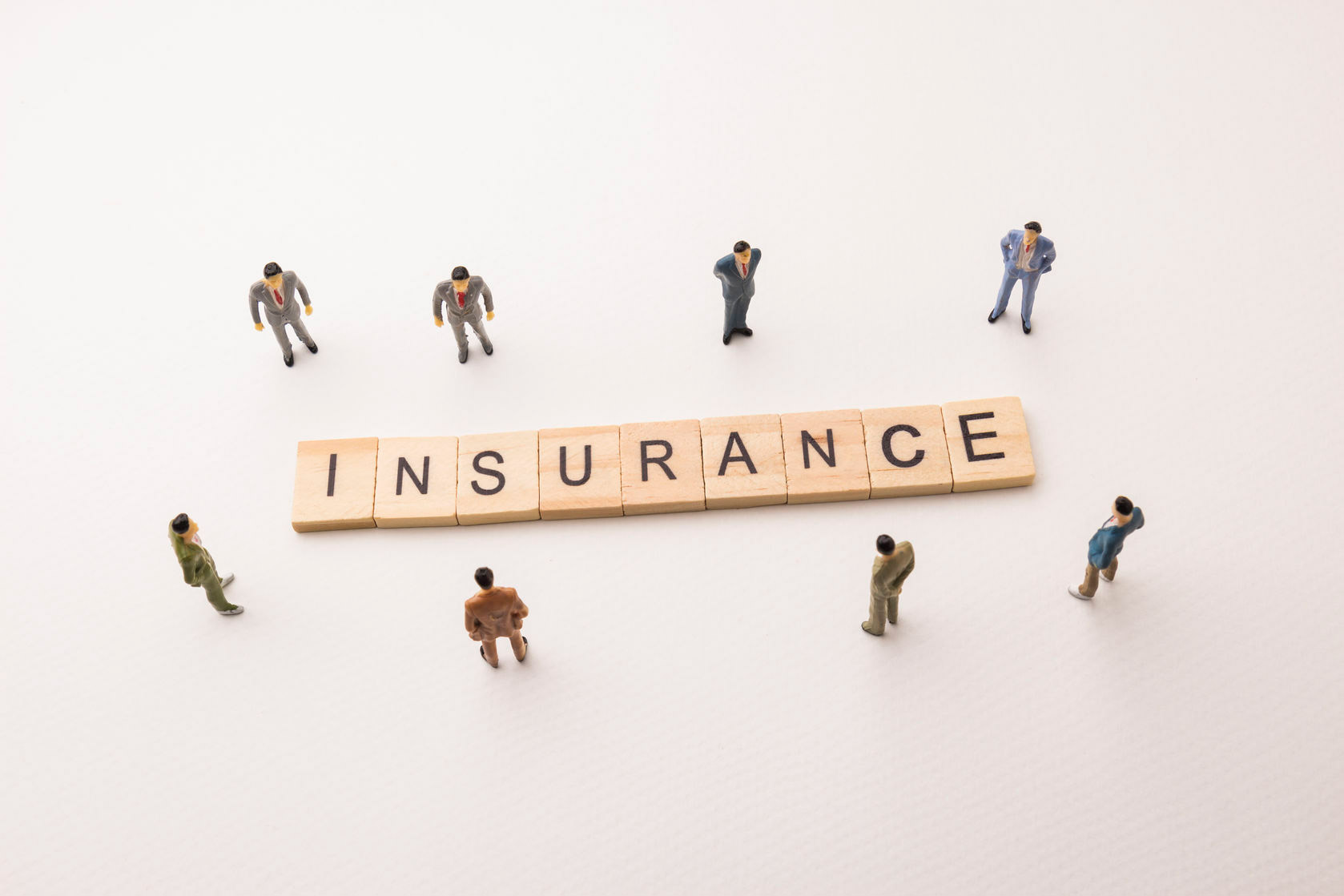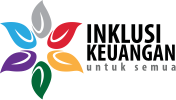
When a baby coughs up phlegm, one thing that parents usually worry about is what if the phlegm becomes lumpy and can't be expelled. Because babies don't have the ability to expel it themselves, they need help with the right tools or methods.
Under very comfortable conditions, phlegm that accumulates in the baby's esophagus can cause various conditions, one of which is shortness of breath. You definitely don't want your little one to experience that, right? The following is a list of ways that can be done, both naturally and with the help of medical methods.
How to Get Rid of Phlegm in Babies Naturally
You can try the following six methods when your little one has a cough with phlegm. Make sure to do it with the correct technique, so that the phlegm that is blocking the respiratory tract can come out quickly.
- Warm Water and Breast Milk
Giving warm fluids to the baby can help the phlegm to thin quickly. You can give it via bottle slowly, let the baby drink enough. You can also feed warm soup water using a small spoon. Apart from that, breast milk given continuously is also a way to thin the mucus. - Pat on the Back
The next natural way is to pat the baby's back, when the baby is face down. This will help the mucous fluid to come out of the mouth more quickly. - Get Rid of Mucus in The Nose
Mucus that clots and interferes with breathing due to coughing, can also be caused by mucus in the nose. Try to help the baby expel the fluid through the nose, if the baby already understands how. Or you can also help remove it. - Higher Head Position
This is specifically recommended for babies over one year old, to help their breathing remain good even when they are coughing. You can add a pillow to the back of the baby's head. - Dry in the Morning
The morning sun contains vitamin D, a very important element to restore the body's resistance and immunity, especially babies. When endurance is good, it will have an impact on recovering from the problem of coughing up phlegm.
Carry out the drying process in the morning before 10.00. You can put the baby in the crib and then leave it without clothes for a while. You can also carry him. - Warm the Baby's Body
A natural method that you can also try is making sure the baby is in a warm and clean room. Apart from that, the body can also be smeared with telon oil which has a warm sensation. That way, the phlegm and mucus that has clotted in the nose and throat can gradually melt.
How to Get Rid of Phlegm in Babies Medically
Apart from the natural methods above, there are also medical methods which are often recommended by experts. Some of them require additional equipment, to support your success in helping your child expel annoying phlegm.
- Suction Tool
There is a pipette-shaped tool with a balloon-like tip, this tool is specifically provided to help remove fluid that causes phlegm.
How to use it is by squeezing the tip of the tool, placing the baby in a comfortable position. Then insert the pipette part slightly into the nasal cavity, then open the squeezed part slowly to suck out the fluid in the nose.
Do this in both nasal cavities alternately, but don't force it if your little one is uncomfortable. - Copy Solution
This solution is made from neutral salts, and can be obtained easily at pharmacies. How to use it is by putting the liquid into a special sprayer, then spray it slowly into the mouth to help the phlegm become thin quickly. - Nasal Aspirator
This tool works in a similar way to a suction tool, only in the form of a tube connected to a special hose. How to use it: Insert the tip of the tube into the nasal cavity, then suck on the tip of the tube to help the mucus come out easily. - Nebulizer
This tool is used if there is a medical condition that requires the baby to receive medical treatment by means of vaporization. There are special masks that have a tube at the bottom. Then the tool will be connected to a nebulizer machine to release steam.
How to use it, fill the tube at the bottom of the mask with a special evaporation fluid as recommended by the doctor. Then put the mask and tube on the baby's mouth and nose.
Next, turn on the machine which will process the liquid in the tube into steam. The baby will inhale the steam to help thin the mucus. However, you must ensure that this method is recommended by a doctor.
Tips and Facts to Prevent Babies from Coughing Up Phlegm
In fact, coughing in babies is normal, as long as it doesn't interfere with breathing and cause the baby to be uncomfortable or fussy. Moreover, based on medical facts, phlegm in babies is not just due to coughing. It could also be due to allergies, dust, changing weather, and others.
So we really need a way to prevent phlegm from being produced by the baby's body. Here are some tips.
- Get Enough Rest
Make sure the baby gets enough rest every day, that way his body's metabolism remains good because he doesn't get tired due to excessive activity. - Complete Nutritional Intake
For babies under one year old, the important intake is of course breast milk. So make sure he gets the best breast milk and that his breast milk needs are met every day. If needed, you can add formula milk that contains complete ingredients according to your baby's age.
If you can consume MPASI, then make sure you provide appropriate complementary foods for breast milk that are rich in vitamins and minerals. To support growth and development and maximize baby's immunity. - Clean and Sterile Area
Also make sure the baby is in a clean and sterile area. If anyone in the family has a stone, then keep them away from the baby.
It turns out that there are many ways to remove phlegm from a baby's throat and nose. There are natural methods such as giving breast milk, patting the baby's back, drying it in the morning sun, as well as medical methods using several choices of equipment and medicine. You can choose which one is best for your little one.
Others Articles








